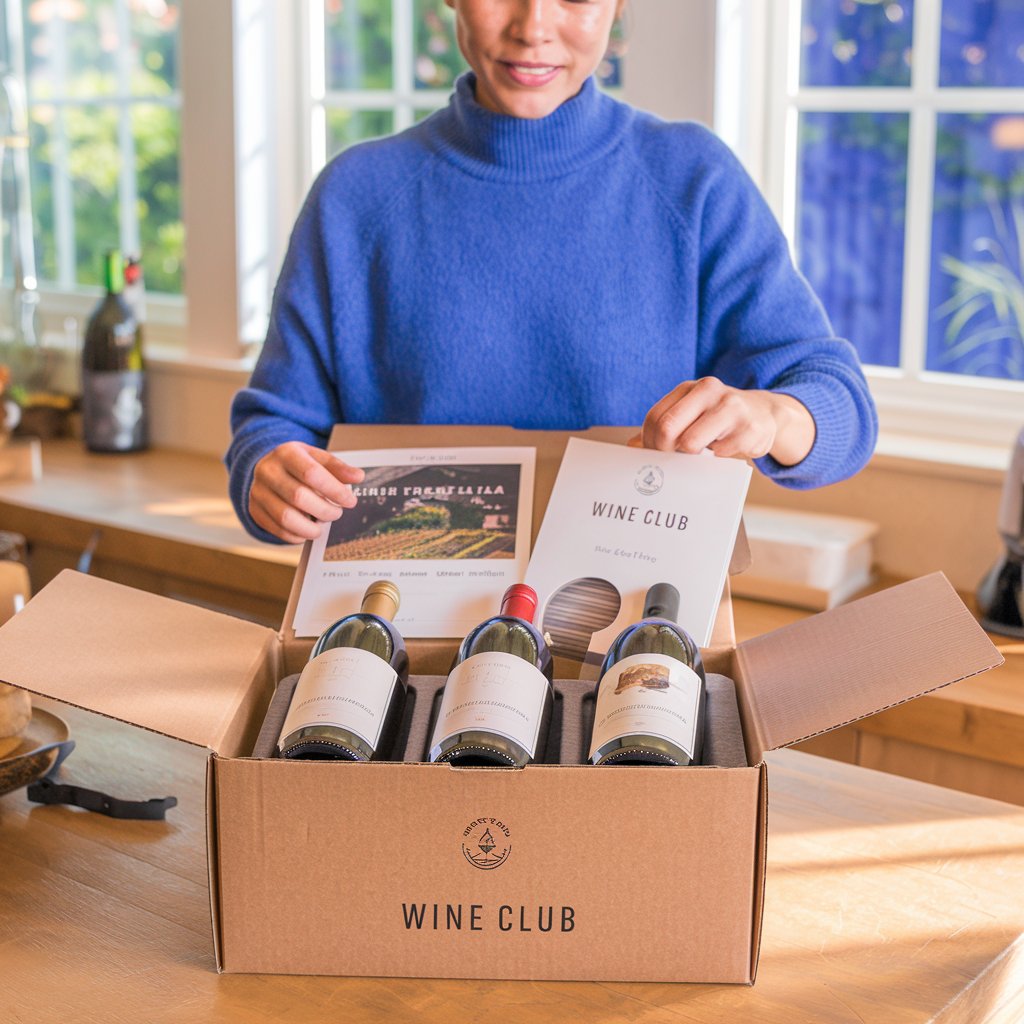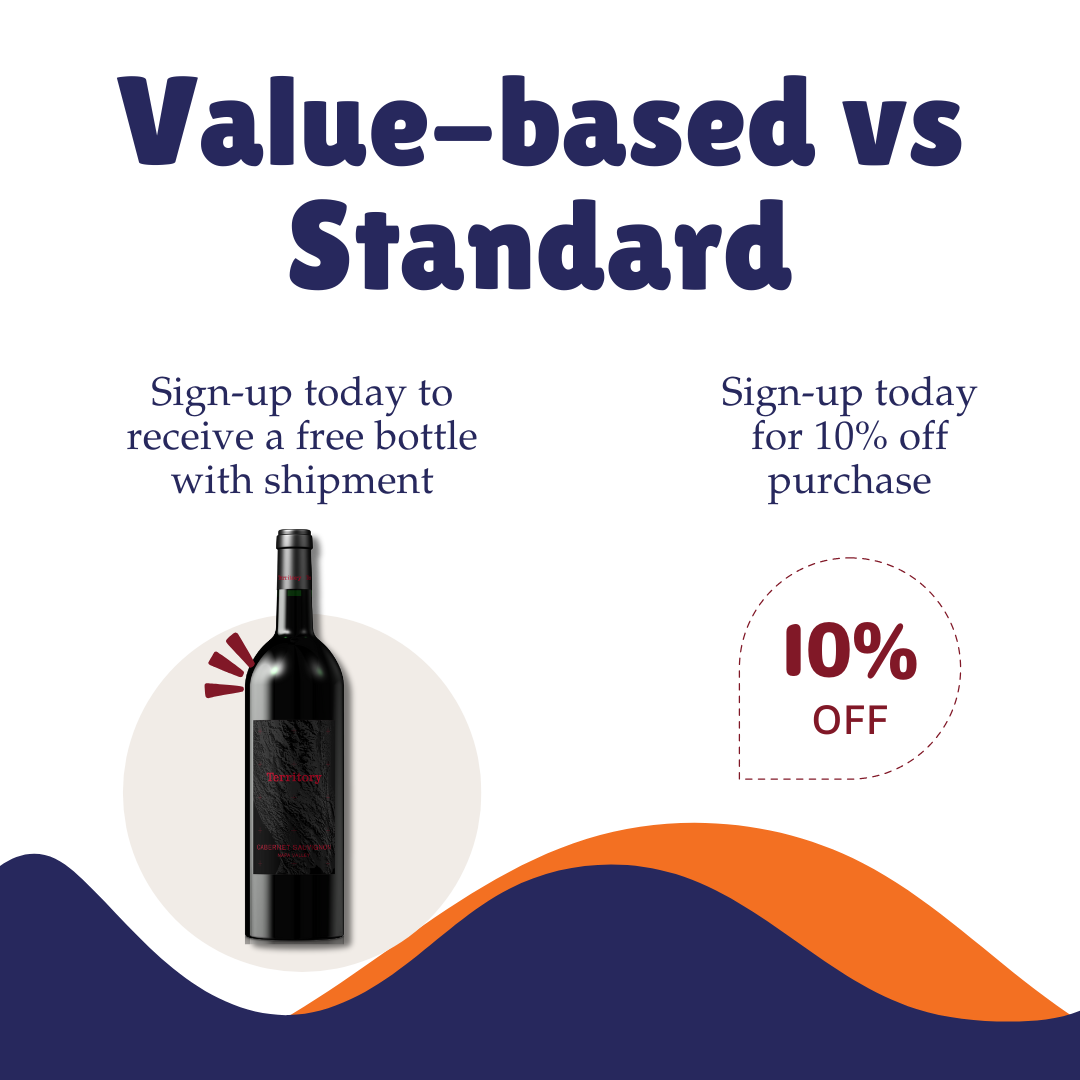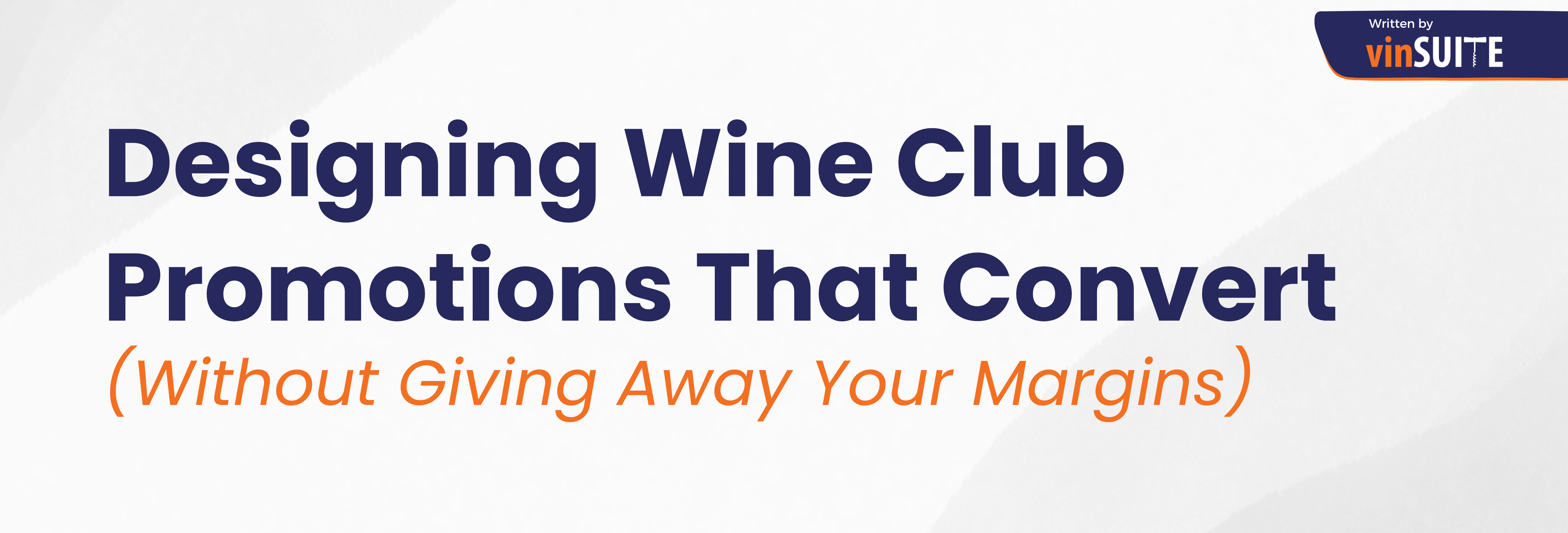The Problem With “Just Offering a Discount”
Picture this: A guest walks into your tasting room, enjoys a flight, and considers joining your wine club. They hesitate. Your team offers them 10% off their first shipment if they sign up today. They join. Success, right?
Not necessarily.
Fast forward six months, and that same customer cancels. They were drawn in by the discount but didn’t stick around. Worse, if you rely too heavily on discounts to drive sign-ups, you might be attracting deal-seekers rather than long-term members.
This is where many wineries go wrong with promotions. Discounting is easy, but it’s not always effective. If your promotions aren’t designed strategically, they can reduce profitability and lead to churn instead of sustainable growth.
The good news? There are smarter ways to increase sign-ups without eroding your margins—and that’s what we’re going to explore today.
Why Strategic Promotions Matter
A SurveyMonkey study found that 43% of U.S. adults say discounts are the main reason they sign up for subscription services. That tells us something important: incentives work—but only when used strategically.
Wineries that implement well-structured promotions see an average 32% increase in wine club sign-ups. The difference between random and strategic promotions? A value-driven approach that:
-
✔ Aligns with your winery’s brand
-
✔ Protects your margins
-
✔ Attracts the right members—those who will stay, engage, and spend more over time
So, how do you design a promotion that works?
How to Create Promotions That Convert Without Eroding Margins
1. Use Value-Based Incentives Instead of Deep Discounts
A straight percentage discount is easy to offer but can devalue your brand and eat into your profits. Instead, think about value-based promotions—ones that make membership feel like an exclusive opportunity.

✔ Free Shipping on First Order – Encourages sign-ups without devaluing the wine.
✔ Bonus Bottle with First Shipment – Increases perceived value while keeping margins intact.
✔ Exclusive Member-Only Event Invite – Creates FOMO and reinforces long-term engagement.
📌 Example:
Instead of offering 15% off the first shipment, a winery could offer a complimentary library selection bottle worth $50. This not only feels more exclusive but also introduces members to a wine they may purchase in the future.
2. Use Limited-Time Offers to Create Urgency
A compelling promotion should have a reason to act now, not later. If your promotions are open-ended, people will wait—or forget.
✔ Seasonal Sign-Up Bonuses – “Join this month and receive an exclusive winemaker’s tasting.”
✔ Event-Based Offers – “Sign up today at our Summer Wine Festival and get a VIP experience.”
✔ Limited Inventory Perks – “Only the first 25 new members will receive a special aged bottle.”

📌 Example:
A winery with a harvest event might offer a limited-edition blend exc
lusively for new members who join that weekend.
That’s far more enticing than a standard discount—and makes the offer feel special.
3. Tiered Incentives: Reward Commitment, Not Just Sign-Ups
One common mistake? Giving away too much upfront without securing long-term loyalty. Instead, structure promotions in a way that rewards ongoing engagement.
-
✔ Stay Three Shipments, Get a Gift – Encourages retention before benefits are unlocked.
-
✔ Member Referral Perks – Existing members get a reward when they bring in a new one.
-
✔ VIP Tier Upgrades – Long-term members get access to special perks, increasing LTV.
📌 Example:
A winery could offer a complimentary magnum bottle after the member’s third shipment. This ensures the winery benefits from multiple orders before giving the incentive.
4. Optimize Promotions Through Data & Testing
Not all promotions will work the same for every winery. The key is to track performance and adjust.
What to measure:
-
✔ Conversion Rate – How many people who see the offer actually sign up?
-
✔ Churn Rate – Do members who sign up with promotions stay longer than those who don’t?
-
✔ Average Member Lifetime Value (LTV) – Do promotional members spend more over time?
📌 A/B Testing Tip:
Try two different offers—one with a bonus bottle, another with free shipping—and track which one results in more sign-ups and higher retention.
Common Pitfalls to Avoid

🚫 Over-Discounting: Relying too heavily on discounts can devalue your club and lower member retention.
🚫 Inconsistent Promotion Messaging: If your staff isn’t trained on promotions, the message won’t be communicated effectively.
🚫 No Tracking System in Place: If you don’t measure success, you won’t know what’s working and what’s not.
By avoiding these mistakes and focusing on high-value, low-cost incentives, you can increase sign-ups while protecting your margins.
Final Thoughts: The Balance Between Value and Profitability
Promotions aren’t about giving something away—they’re about creating an offer so compelling that people feel like they’re gaining something exclusive by joining.
A well-designed promotional strategy should:
-
✔ Increase sign-ups without hurting long-term profitability
-
✔ Attract loyal members, not just discount-seekers
-
✔ Make members feel valued and engaged from the start
Wineries that take a data-driven, strategic approach to promotions see higher conversion rates, better retention, and stronger lifetime value.
Want to Take This Further?
This blog expands on concepts covered in The 2025 Guide to Wine Club Growth. If you’re looking for step-by-step implementation plans, technology recommendations, and real-world examples, check out Chapter 1.



